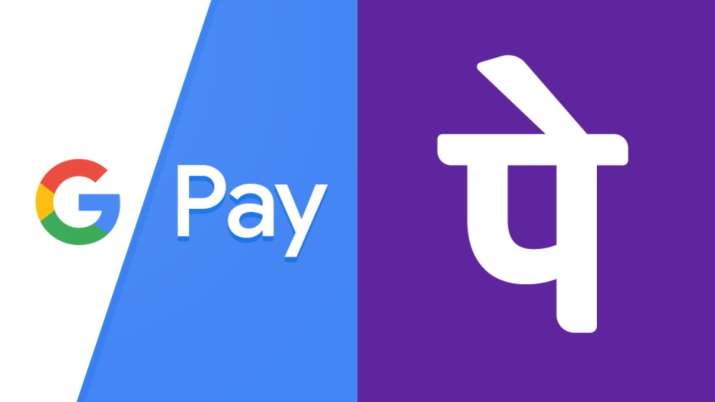
Payments under £30 are straightforward, although anything above that requires the user to unlock their phone first as an extra security step. Once set up, payments can be made by simply holding the phone near the payment terminal in a store. You can also register cards by simply uploading a picture of them. Users download the Google Pay app from the official Google app store and then register their credit or debit cards. It is the same kind of wireless technology that allows for contactless payments by chipped bank cards by enabling one device to communicate with another while in close proximity. Google Pay can be used with any Android device that supports Near Field Communication (NFC) payments. Here we explain how it works, as well as the pros and cons of Google Pay for business.

There can be some confusion as to how it works and how secure it is, especially with so many other payment options around. Google Pay, often stylised as G Pay, works the same as Apple Pay but is obviously not exclusive to the iPhone range of devices. The user can then make payments using the phone instead of their bank card or cash. The phone and app stores credit and debit card information as well as the likes of loyalty cards within a secure digital wallet on an Android phone.

What is Google Pay? Formerly known as Android Pay, Google Pay is a mobile payments system developed by Google to rival Apple Pay.


 0 kommentar(er)
0 kommentar(er)
